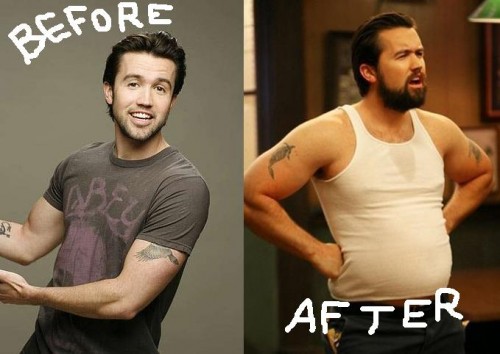Cross-posted at Montclair SocioBlog.
Children in American movies are typically superior to adults. The kids are not only all right, they are wiser, less corrupt, and more competent. “Home Alone” is a classic example, where the plucky, resourceful kid triumphs over both the vindictiveness of the burglars and the mindlessness of his parents. (An earlier post on children in films is here.)
“The Descendants,” the recent film with George Clooney (I saw it last night), starts more like a French film, where children are, well, children, and it’s the parents who must endure and learn to cope with the kids’ immaturity and thoughtlessness.
Clooney is Matt King, and the name is a deliberate irony. Kinglike, he must decide the fate of a huge tract of pristine Kauai land that his family has owned for many generations. The money from the sale will make him and his many cousins and their families rich. Which developer will he sell the land to? But as a husband and father he is far being monarch of all he surveys. His wife has been in an accident and lies in a coma. His two daughters are unapologetically impudent and insufferable. As the film starts, Scottie, age ten, has sent a nasty, obscene text to a classmate. Alex, seventeen, now at an expensive private rehab/therapeutic school, first appears on screen drunk, having sneaked out of her room at night with another girl. Then there’s Sid, Alex’s friend, a slightly older boy, all stupidity and insensitivity, a chubby incarnation of Beavis and Butthead.
But as a husband and father he is far being monarch of all he surveys. His wife has been in an accident and lies in a coma. His two daughters are unapologetically impudent and insufferable. As the film starts, Scottie, age ten, has sent a nasty, obscene text to a classmate. Alex, seventeen, now at an expensive private rehab/therapeutic school, first appears on screen drunk, having sneaked out of her room at night with another girl. Then there’s Sid, Alex’s friend, a slightly older boy, all stupidity and insensitivity, a chubby incarnation of Beavis and Butthead. Then the film magically transforms the kids. Each has been introduced as obtuse, obscene, or obnoxious. But now Alex, it turns out, knows more than her father does, at least in one crucial area – that his wife, now on life support, had been cheating on him.
Then the film magically transforms the kids. Each has been introduced as obtuse, obscene, or obnoxious. But now Alex, it turns out, knows more than her father does, at least in one crucial area – that his wife, now on life support, had been cheating on him.
The kids change from being French, a burden for the grown-up, to becoming almost classically American, not superior but equal. They are now his partners. Teens and adult are a team trying to discover the identity and location of the seducer so that King can confront him. The teenagers are suddenly much less difficult and much more helpful, while King sometimes appears uncertain and even silly, peering over hedges to spy on his wife’s lover. He asks his daughter for advice. He even asks Sid what he should do. (You can get some sense of this transformation in the trailers here and here, which also outline the rest of the story.)
(You can get some sense of this transformation in the trailers here and here, which also outline the rest of the story.)
Still, the movie doesn’t go pure Hollywood. It does not present the world as a character contest where good faces evil, where the right action is clear and the only question is how the hero will come to make it. Instead, it shows a grown-up trying to understand and cope with problems and people he cannot really control.
And nobody blows up a helicopter.





